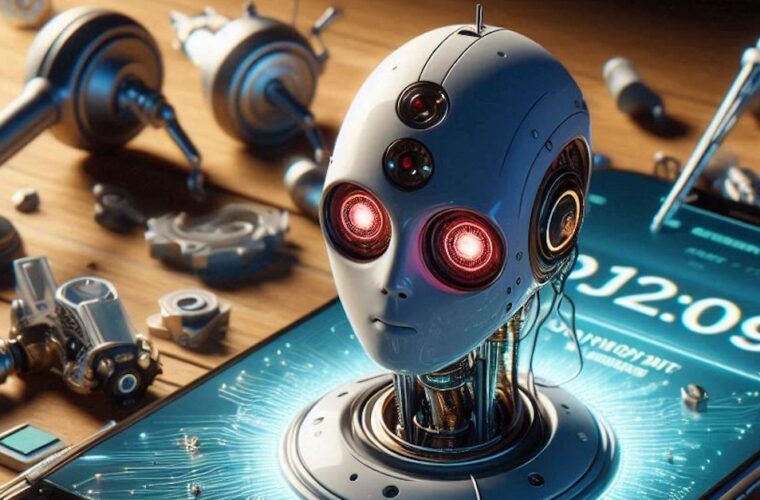Technology and people, the human factor at the center of innovation
The pandemic crisis, and all that followed, has highlighted a central phenomenon for companies of all types and sizes: great resignation the tendency of workers to leave the workplace to focus on something else. It is not a passing phenomenon but the mirror of the times, the child of the “great” rethinking caused by COVID-19 in the merits of the time we devote to work, the perfume effort in various activities, in considering how much technology can support a more human development of professions, without leaving business behind. Then, Talent Acquisition and retention become the main challenges in today’s ever-changing scenario. There is no innovation without people and no professional success without a network of like-minded talent.
Talent acquisition is not only about attracting and engaging resources but also deals with the complex operations of the willingness to “retain” talent in the company. The question is, how many leaders succeed in making retaining resources a priority in their day-to-day operations? How many focus on improving the jobs of those they already have inside the company rather than always looking for new, perhaps unmotivated figures? According to Beamery’s “Talent Trap” research, talent attraction gets a lot of attention, but retaining top talent is a problem for companies concerned about filling future leadership roles and containing replacement costs. Seventy-nine per cent of business leaders say that focusing on recruitment rather than retention is a “trap.”
From a problem to an opportunity
It makes sense: losing a new employee means the organization has not tried to understand why that person left, preferring to search for a replacement. When a case multiplies “n” times, great resignation becomes a serious problem. The first answer may come from internal HR training so that they become capable of bringing out those skills, both hard and soft, that are often not adequately valued in the workforce. In addition, CIOs should play a more central role in talent acquisition and retention, with dedicated pathways to develop skills that go beyond traditional tasks.

Technology and people
A good talent acquisition and retention strategy allows the company, as we mentioned earlier, to maximize its results and tap the potential of its workforce. For this reason, the talent acquisition process must be among the priorities of the human resources department and be optimized according to the principle of effectiveness. Building a good strategy starts with analyzing business and employee needs to create synergy between these two entities. In addition, talent acquisition managers must have an in-depth knowledge of labour market trends to calibrate the actions to be taken accurately.
Technology to improve the resilience
For business owners and leaders, it is critical to have employees who deliver quality work and improve business results. Organizations with above-average levels of employee engagement have higher-than-average profits and revenues, and it is not hard to see why. Communication is critical for employees to feel continually connected to their work and their team. As with all initiatives, leadership support is vital to creating this culture.
Everyone thrives and feels both heard and “informed” when feedback mechanisms are strong. The goal is to incentivize resource retention by conveying as much as possible the importance of being part of a professional family whose values can be shared across the board. Every company has its own story to tell and share, even if it often lacks the means and skills to do so. Greater sharing and involvement of people in storytelling can be a way to feel part of the organization, promoting its values. Key aspects of attracting new talent and keeping existing talent in-house.



